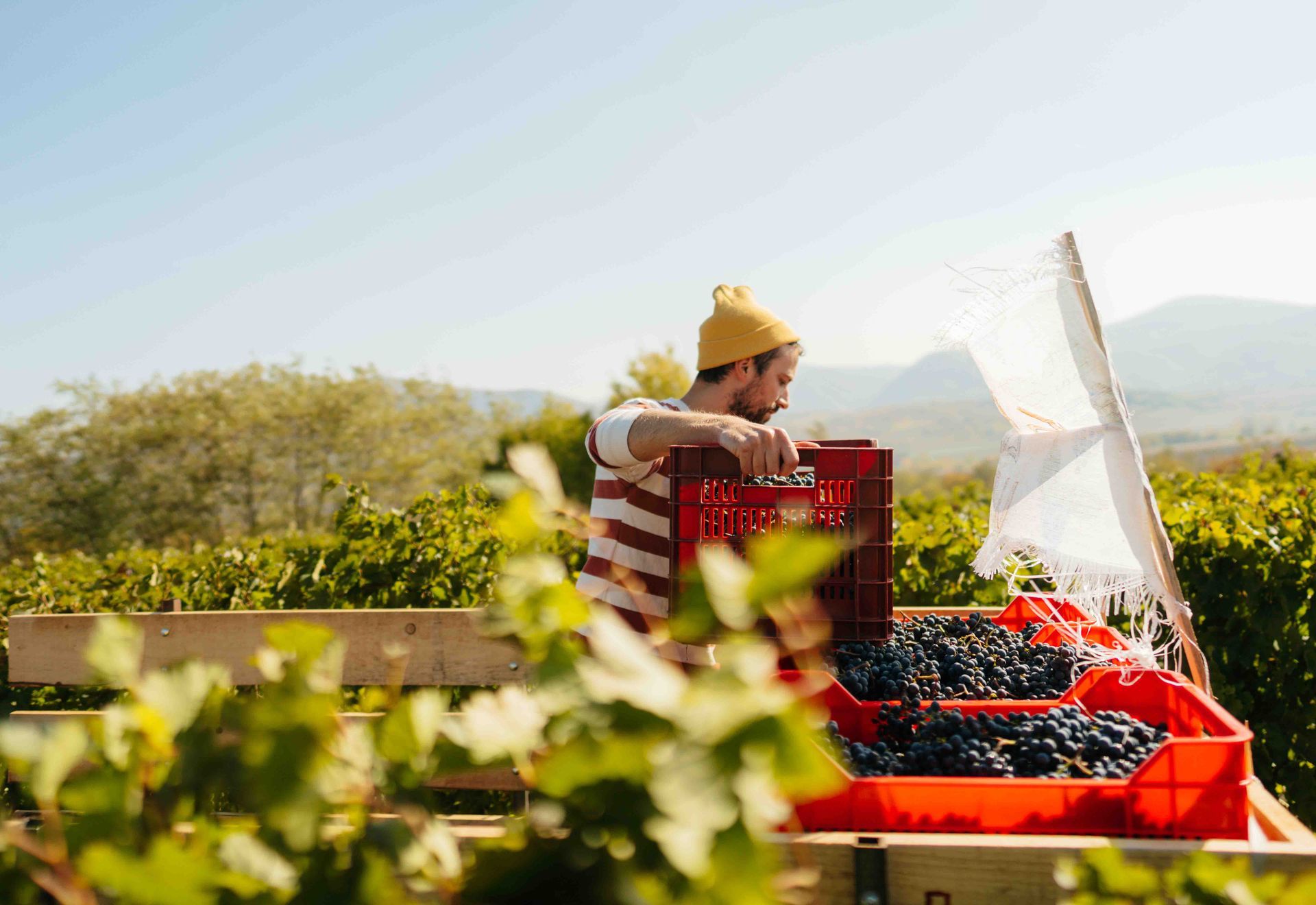The year 2020 has been a particularly challenging one for Australia’s wine industry, first suffering at the flames of one of the country’s worst bushfires, then just as they were getting back on their feet, COVID-19 sent the world into lockdown. Smaller cellar doors have been forced to close temporarily, while larger wine labels haven’t been able to provide product through their usual sales channels.
But with the doors of bars, pubs, clubs and restaurants closed for dine-in service, another door has opened. And it’s one that shows the incredible resilience and creativity of Australia’s wine industry.
Though the traditional methods of supply have somewhat dried up, winemakers and suppliers are beginning to understand the opportunities made possible through alternative distribution channels, technology and creative collaboration.
These are just some of the ways the Australian wine industry is pivoting during this volatile time to ensure the country’s viticulture is kept alive.
Online sales skyrocket
Though online wine sales have been steadily increasing over the last five years, the closure of the on-trade venues and lockdown restrictions have resulted in an unprecedented leap in online wine sales. According to online wine retailer Vinomofo, it saw a 50 to 75 percent increase in sales since the beginning of the coronavirus pandemic after hospitality venues closed and people tried to limit their visits to retail stores. BWS reported similarly high statistics too, seeing online purchasing up by 79.9 percent in June.
This allows winemakers to rethink their sales channels, shifting to those areas which are seeing a spike in demand, such as online retail and even subscription wine services.
Direct to consumer
Many winemakers have decided to skip the middle-man altogether and have begun to offer their own delivery directly to customers. This has, however, shone a spotlight on the inefficiencies of the existing Australian wine supply chain, which can see a wine delivery potentially take two weeks to arrive at a consumers’ door.
With so many retailers offering same-day delivery, it has been important for the wine industry to catch up and match this same service. New, cloud-based technology ‘WineDepot’ has meant that physical ‘depots’ have been set up in each state, so wineries can now promise their customers same-day, free delivery. This has been instrumental in giving wineries a leg-up during this time and goes a long way to keeping them competitive with larger online liquor outlets.
Using digital to connect
For those in the public who enjoyed the experience of visiting boutique wineries and cellar doors on weekends, all hope seemed lost. However, wineries have quickly adapted by embracing digital platforms that still allow them to engage and interact with their audience, often in real time.
Many are hosting online webinars that allow viewers to order wine online and participate in digital tastings, or else are holding online masterclasses, developing apps, and are heavily engaging with audiences on social media. All of this is a valuable exercise in branding that will likely serve wineries extremely well post-pandemic.
Creativity winning out
Many wineries pivoted their product offerings, seeing them innovate to deliver toilet paper, partner with food outlets to offer an at-home food and wine experience, and sell fresh produce as supermarket shelves were emptied. Some breweries and distilleries too are creating and distributing hand sanitiser, as need for this particular hygiene product reaches an all-time high.
A lot of this is supported by other businesses in industries that have also been impacted by the pandemic, and shows camaraderie, as well as creativity, are proving crucial during this time.
f you are looking for staff, partner with a brand that specialises in sourcing quality talent for the wine industry. Contact CozWine today and speak with one of our experienced Consultants.



